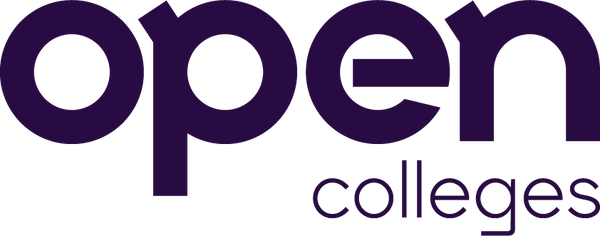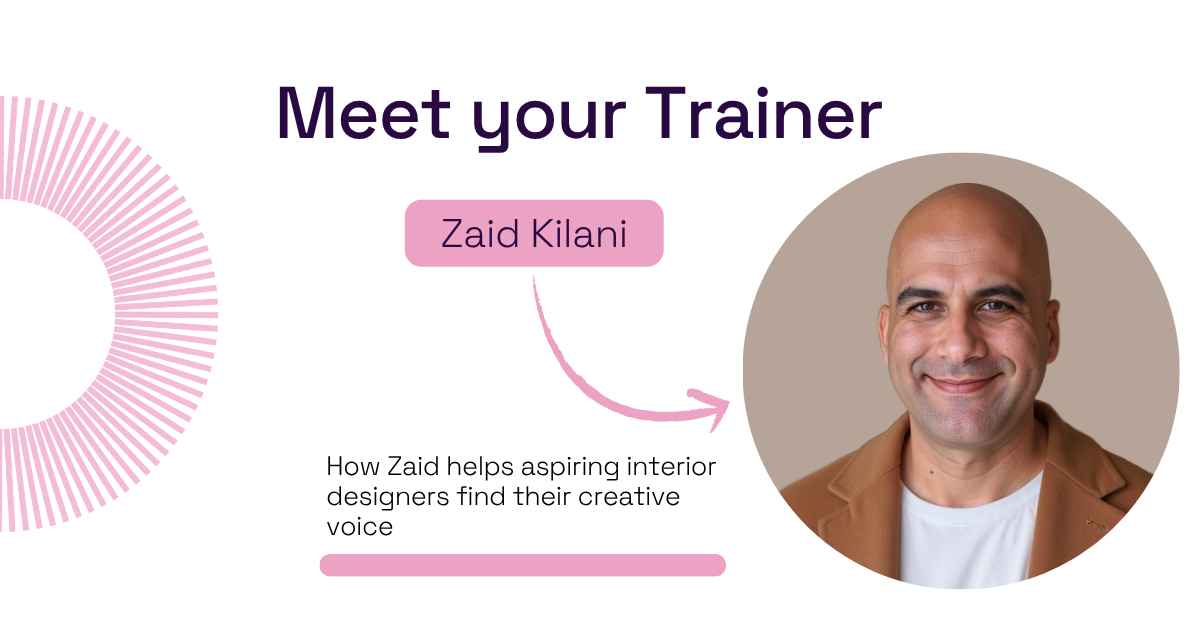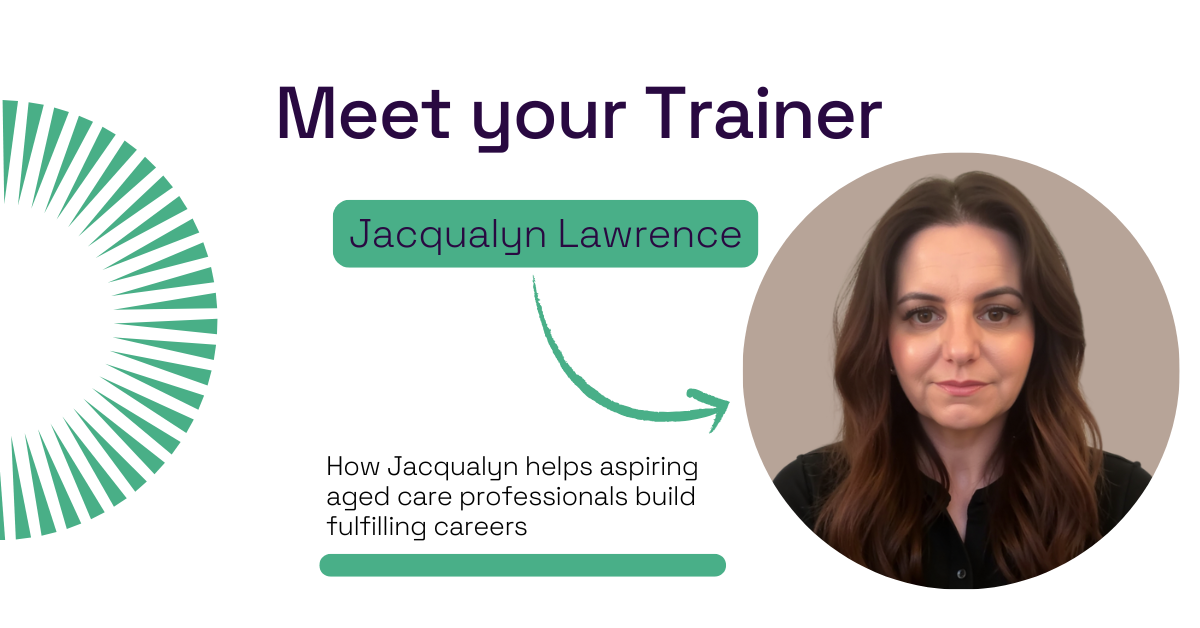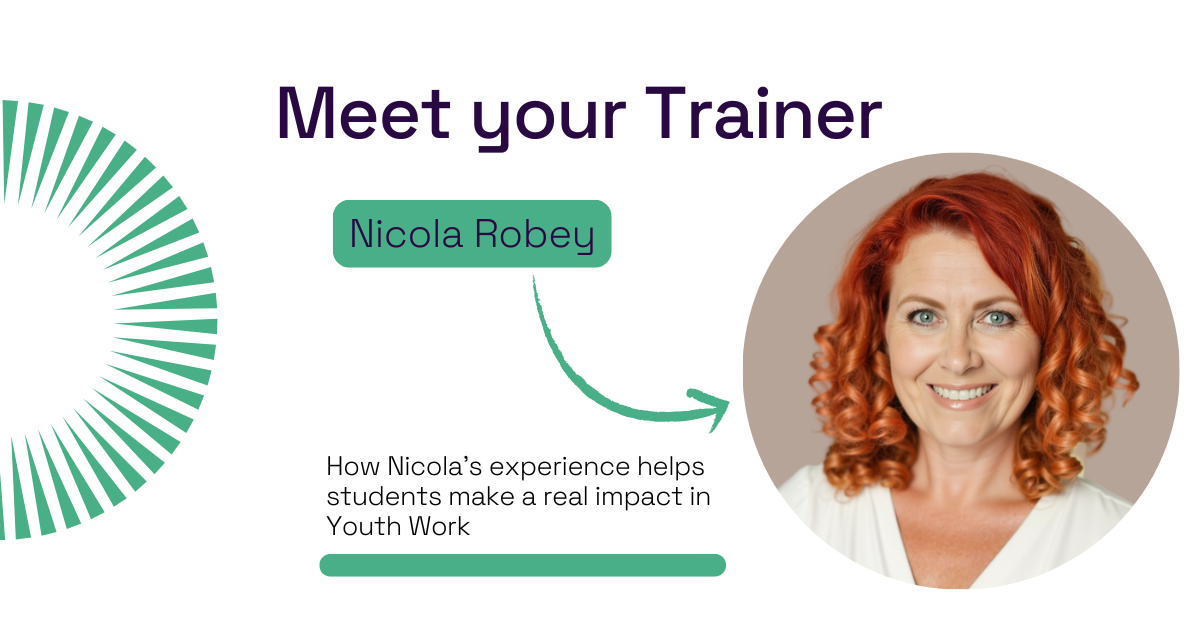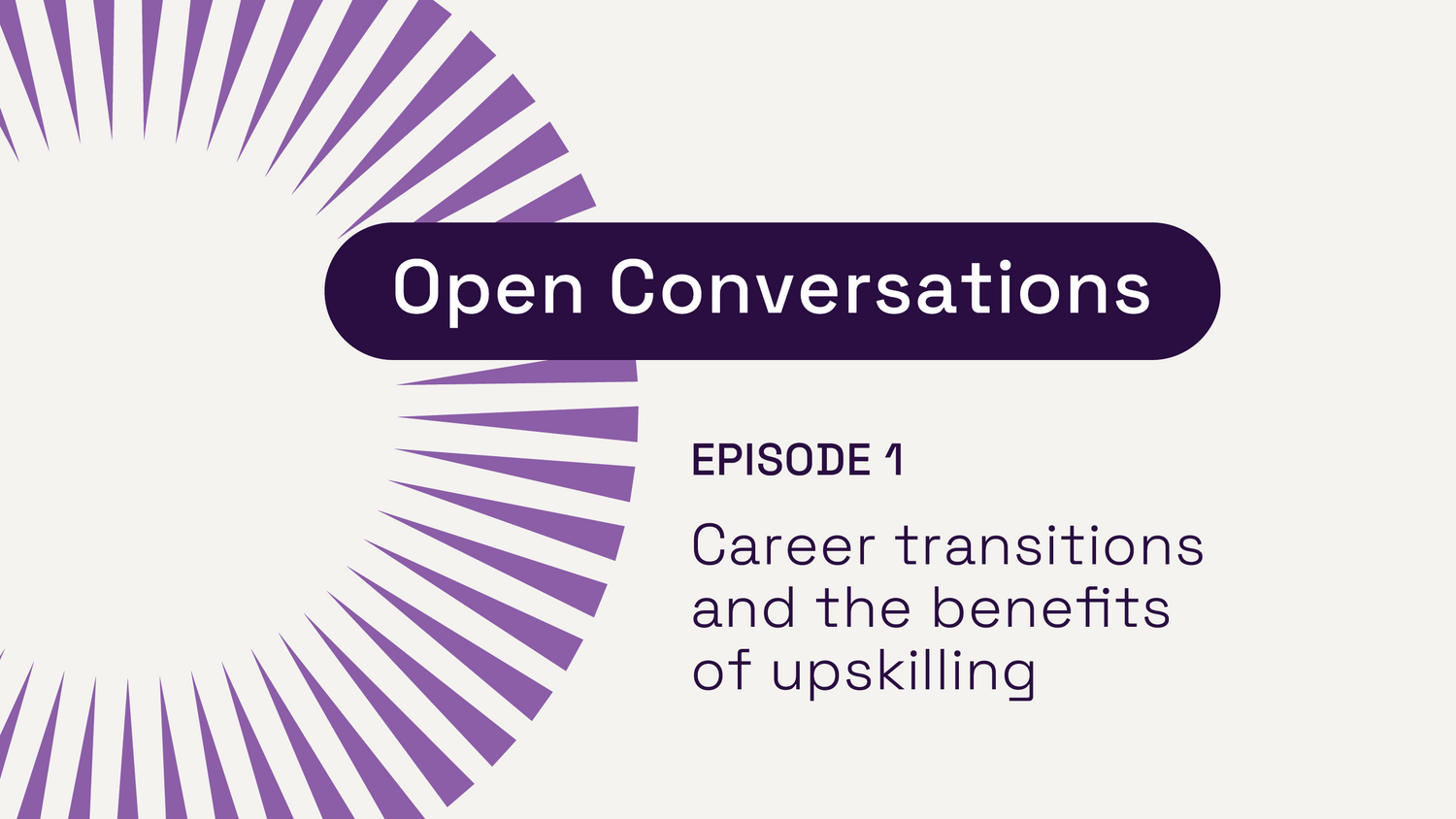Explore our collection of informative and educational blog posts to stay updated on the latest industry trends and expert advice.
Inclusion – Definition, Advantages, and Barriers

Inclusion is an educational practice whereby students with special needs are fully integrated into the general education classrooms at a school. You may have heard the term “mainstreaming”, which is defined by a special needs child who visits the general class for certain subjects, but is not fully integrated. That is the main difference between inclusion and mainstreaming.
Inclusion philosophy rests on the idea that every individual, regardless of his/her disabilities, has the right to be incorporated fully into the fabric of society. Research conducted in inclusive classrooms show benefits to both traditional and special needs students.
Advantages to inclusion
- Tolerance and celebration of diversity: Other students will learn from children with Down Syndrome, and it will change them for the better. The children with Down Syndrome learn to deal with the world around them.
- Traditional students learn how to mentor and help others who are impaired. People should help each other, but too much of the time we don’t. We just let life pass us by and seem perfectly happy to do so. Students are the people we once were. When we were younger and helped another student who couldn’t do what we could do or couldn’t understand what we understood, it changed us. It gave us a sense of accomplishment married with a sense of hope. It made us better people. It makes students better people.
- Special needs children learn effective social behaviors modeled through the other children. Isolating children in the hopes that we’ll be able to protect them from getting hurt only makes it hurt worse when they are exposed to painful situations. So, give them a chance to figure things out. Let them learn how to deal by watching others and testing the waters.
- Higher expectations on the student. People rise to the occasion so students do this as well. In fact, they do it much better than adults. Add to the equation the fact that these children are battling delays in learning and other disadvantages and you’ll see how their determination overcomes many of life’s challenging moments.
- Access to the general curriculum. Students with Down Syndrome deserve all the benefits of education that everyone else has and receives. They actually deserve more. Educators learn this when they teach these students.
- Less isolation. Given the opportunity to see more, students literally open their minds to more. Plain and simple.
- Greater access to teachers, resources, etc. Students need teachers so why not give students who struggle access to more teachers. Those same students become adults who need to function and interact with this world so they need access to the same information anyone else would have.
Barriers to inclusion
Linda A. Heyne, professor at Ithaca College, wrote an article outlining the four most common barriers to an inclusive environment.
Attitudes – In a school system where there isn’t a lot of understanding and knowledge regarding Down syndrome, teachers may fear and resist change.
Administration – Similar to the reason above, if administrators don’t understand the philosophy of inclusion or the capabilities of children with Down syndrome, it may be difficult to get the structure and procedure in place for an inclusive classroom.
Architectural issues – Does the school have handicap access in the whole school? What about other features like elevators or braille? Many schools have one area that is handicap accessible but the whole school is not designed for someone with disabilities.
Programs – General curriculum activities and projects may be suitable (or easily changed) for students with disabilities.
The rest of this guide will discuss tips, ideas, and advice for teachers using the inclusive philosophy in their classroom. The vast majority of research supports this ideology as the most effective way to educate students with Down syndrome.
IDEA 2004 states…
“Almost 30 years of research and experience has demonstrated that the education of children with disabilities can be made more effective by having high expectations for such children and ensuring their access to the general education curriculum in the regular classroom, to the maximum extent possible, in order to meet developmental goals and, to the maximum extent possible, the challenging expectations that have been established for all children; and (ii) be prepared to lead productive and independent adult lives…..”
